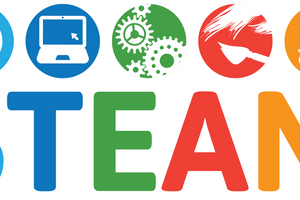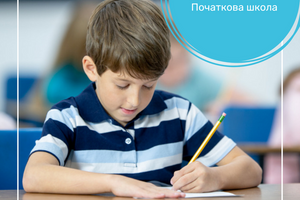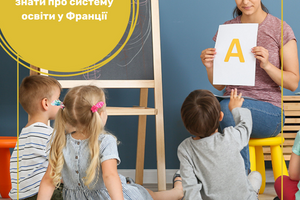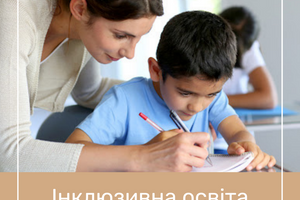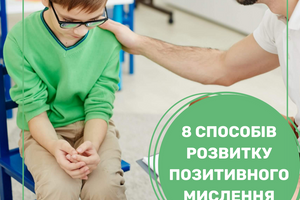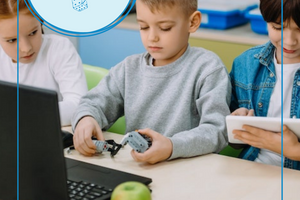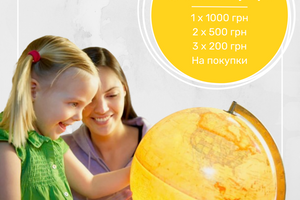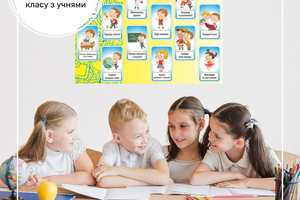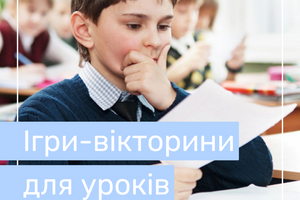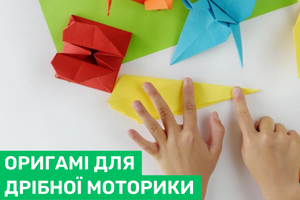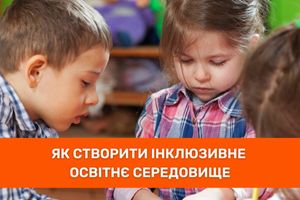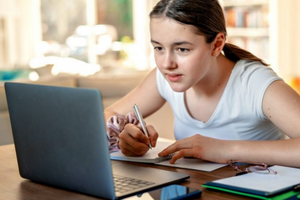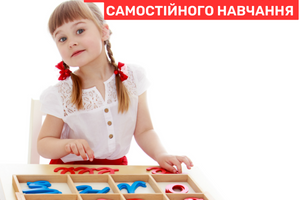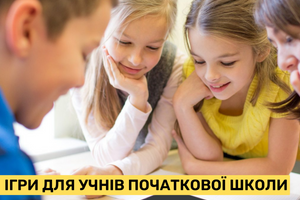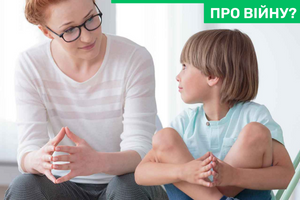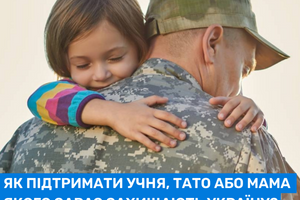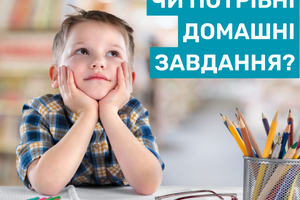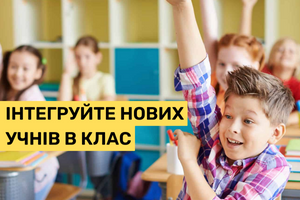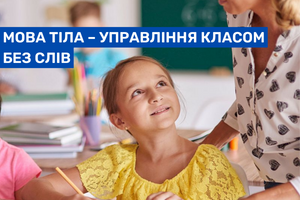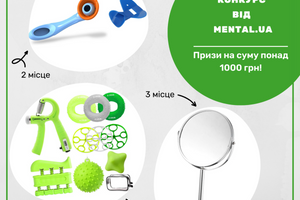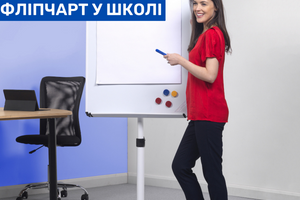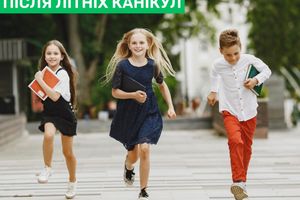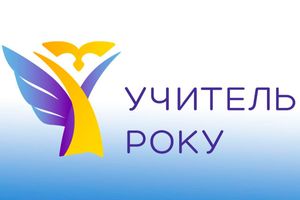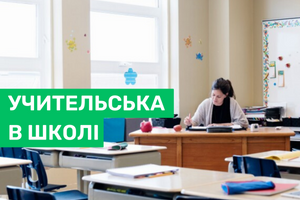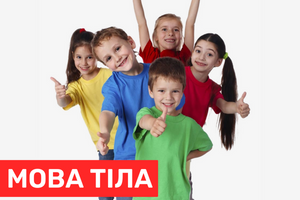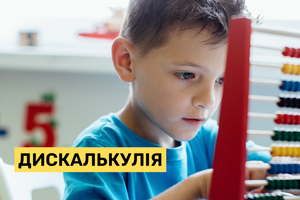Movement and learning? How can it be combined? And how can we bring more pleasure to students from exercises that they absolutely do not want to do? At school, the main focus is on 'learning development' and activities that involve movement can sometimes be seen as 'a good way to pass the time'. However, exercise is one of the basic needs of our lives and much more than sports.
In recent years, it has become obvious that the opportunities for children to play sports are becoming fewer and fewer, or they are moving to the virtual space. There are fewer and fewer opportunities to relieve tension. This accumulates and leads to constant states of tension, which often manifest in various stress symptoms.
Students with learning disabilities are especially at risk here. Therefore, a balanced relationship between tension and relaxation is very important for our well-being. To integrate more opportunities for exercise into school and support learning, we present here a variety of ideas and tips.
Movement improves attention and concentration, and is therefore an important foundation for learning. This means that what is learned can be better understood and retained in the long term. This is especially important for students with learning difficulties as they have to deal with topics that are difficult for them. The experience of movement also helps to sensitize body awareness and improve self-awareness. By doing this, you help build a positive self-esteem in the long run.
The task of facilitating learning and in school is to enable as much movement, tension and relaxation as possible so that students can experience all the positive effects mentioned.
There are different ways to integrate more movement into school lessons or into educational therapy:
Using traffic history,
Relaxation exercises
Integrating movement into very specific topics, such as training phonological awareness or math skills.
A few minutes of classroom movement (such as a breathing exercise, body sway, or some form of movement) has a measurable impact on classroom climate and learning. Classes that include regular exercise are more effective in terms of concentration and school subjects. Children are also willing to go to school with more satisfaction and with a greater desire to make an effort.
Let's move more together!









